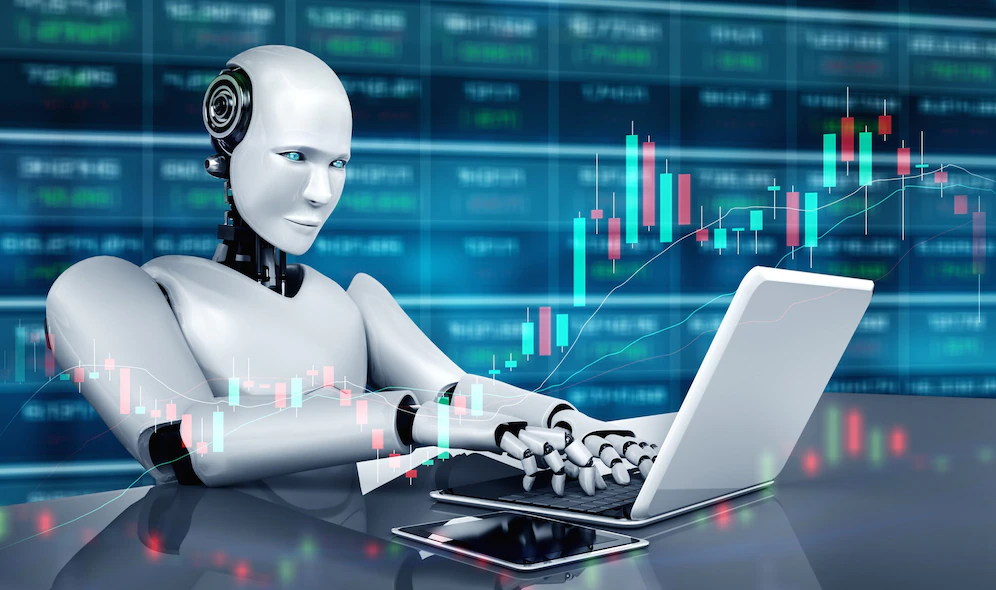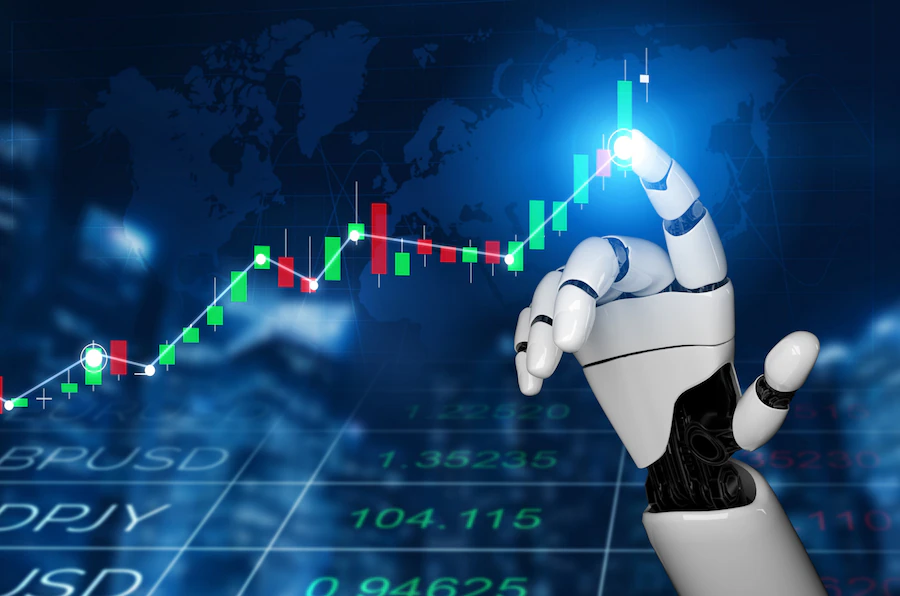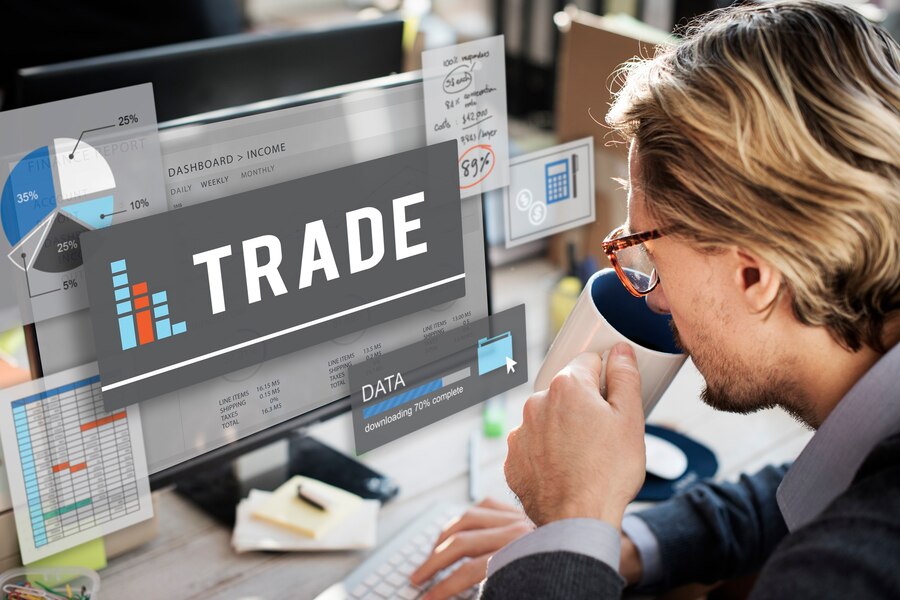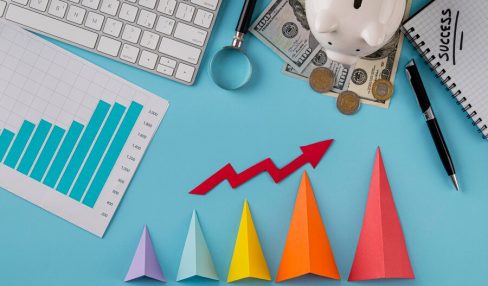How Much Is A Trading Bot?
5 Mins Read
Published on: 03 July 2023
Last Updated on: 04 July 2023

toc impalement
Trading bots have gained immense popularity in recent years, revolutionizing the way traders and investors participate in financial markets. These automated systems offer numerous advantages, such as increased efficiency, round-the-clock trading, and reduced emotional decision-making.
However, before diving into the world of trading bots, it is crucial to understand the costs and considerations involved to make an informed decision. You can create your own trading bot on 3Commas.
Understanding Trading Bots
Trading bots are computer programs designed to execute trades on behalf of traders and investors. They operate based on pre-defined algorithms and rules, utilizing historical and real-time market data to identify trading opportunities. The primary objective is to automate the trading process and maximize profits while minimizing human error and bias.
Benefits And Potential Risks
The advantages of trading bots are compelling.
● They provide speed and efficiency in executing trades, enabling swift responses to market movements.
● Additionally, trading bots can operate continuously, analyzing market conditions and executing trades even when the trader is not actively monitoring the market.
● By removing human emotions from the decision-making process, trading bots offer the potential for more disciplined and consistent trading strategies.
However, it’s important to acknowledge the potential risks associated with trading bots. Technical glitches and malfunctions can occur, leading to unintended consequences and losses.
Building A Trading Bot

Trading bots also rely on historical data and assumptions, which may not always accurately predict future market behavior. Market volatility and unpredictable conditions can challenge the effectiveness of trading bot strategies.
Determining Your Trading Strategy And Goals
Before diving into building a trading bot, it is crucial to define your trading strategy and goals.
Consider the type of financial instruments you want to trade, such as stocks, cryptocurrencies, forex, or commodities.
Determine your risk tolerance, preferred trading timeframes, and the level of automation you wish to achieve. Whether you are a day trader, swing trader, or long-term investor, aligning your bot with your unique trading style will maximize its effectiveness.
Choosing A Programming Language And Platform
Selecting the right programming language and platform is a fundamental step in building your trading bot. Popular programming languages for trading bots include Python, Java, and C++, each with its strengths and libraries to facilitate algorithmic trading.
Additionally, numerous trading platforms and APIs are available. Evaluate the platforms based on their ease of use, performance, and compatibility with your selected programming language.
Collecting And Analyzing Relevant Market Data
Ensure that your trading bot has access to reliable data sources, such as historical price data, order book data, and market depth information. Depending on your trading strategy, you might require data from various financial exchanges or data providers.
Consider the cost and quality of data, as well as the frequency of updates to maintain the effectiveness of your bot.
Developing The Algorithm And Implementing Trading Rules
The core of a successful trading bot lies in its algorithm and trading rules. This step involves writing the code that will interpret market data and execute trades based on your predefined strategy.
Implement technical indicators, moving averages, or custom mathematical models to identify potential trading signals. Incorporate risk management mechanisms, such as stop-loss orders and position sizing, to protect your capital.
Testing, Optimizing, And Backtesting Your Trading Bot
Testing your bot with historical data allows you to evaluate its performance under different market scenarios. Backtesting will help identify potential flaws and areas for improvement in your strategy.
Through optimization, refine the bot’s parameters to enhance its profitability and reduce risks. Be cautious of overfitting, as overly optimized strategies may not perform well in live trading conditions.
Factors Affecting The Cost Of Trading Bots

Several factors contribute to the cost of building or purchasing a trading bot:
1. Development and Programming: The complexity and sophistication of the trading bot’s algorithm significantly impact the development costs. Choosing a suitable programming language and platform for implementation is crucial.
2. Data Acquisition and Analysis: Access to reliable and timely market data is essential for trading bots to make informed decisions. Acquiring high-quality data or using external data sources and APIs can incur additional costs.
3. Hardware and Infrastructure: Considerations for computing power and server requirements are vital, especially for high-frequency trading. Low-latency infrastructure may also be necessary, increasing the associated costs.
4. Compliance and Regulation: Depending on the jurisdiction and type of trading activities, there may be licensing and regulatory fees. Ensuring compliance with financial regulations and implementing robust security measures are critical aspects to consider.
Pricing Models For Trading Bots
The pricing models for trading bots vary based on the provider and the features offered:
One-time Purchase: Some trading bot developers offer a one-time purchase option, where traders pay a fixed amount upfront to own the software. Additional costs may include updates, maintenance, and support.
Subscription Model: Many trading bot providers offer subscription-based pricing models. Traders pay a recurring fee to access the software, with different tiers or plans available based on features and pricing.
Revenue Sharing: In certain cases, proprietary trading firms may offer revenue-sharing models, where traders share profits based on the performance of the trading bot.
Considerations And Recommendations
To make a well-informed decision about trading bots, consider the following:
Budgeting and Financial Planning: Estimate the initial development costs and budget for ongoing maintenance and support. Setting a realistic budget and having a contingency plan is essential.
Researching and Comparing Providers: Evaluate trading bot providers based on their reputation, track record, and customer reviews. Compare pricing structures, features, and customer support.
Consulting Professionals: Seek advice from financial advisors or experts who have experience in trading bots. Additionally, consulting legal professionals can help navigate compliance and regulatory matters effectively.
Conclusion
Trading bots have transformed the way traders and investors participate in financial markets, offering numerous benefits and opportunities. However, understanding the costs and considerations involved is crucial before embarking.
Read Also:


















Comments Are Closed For This Article